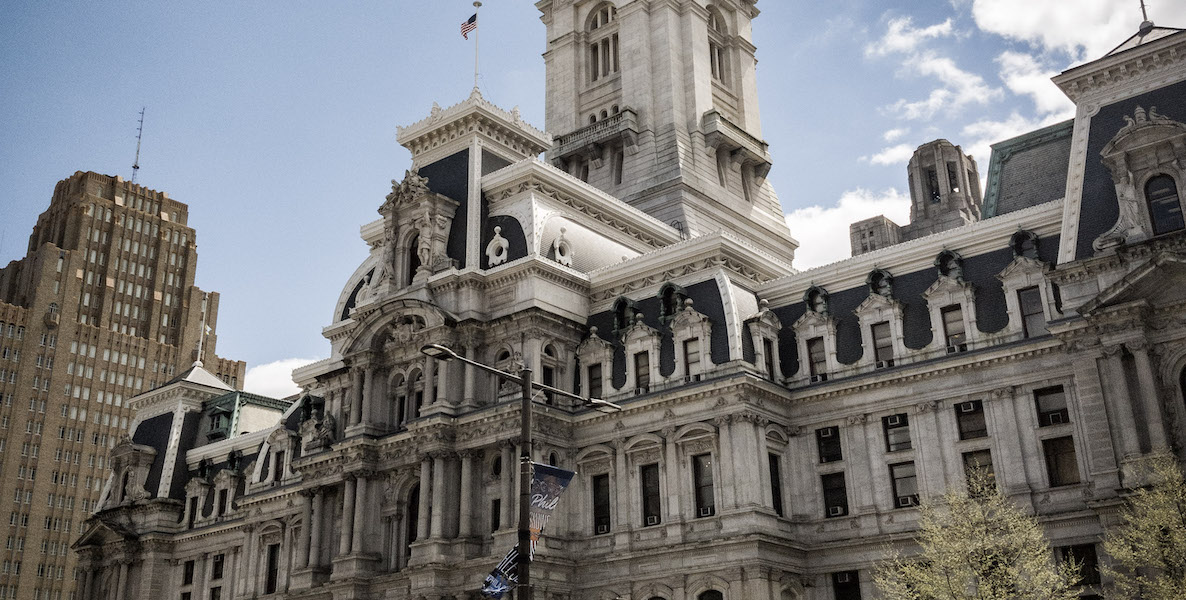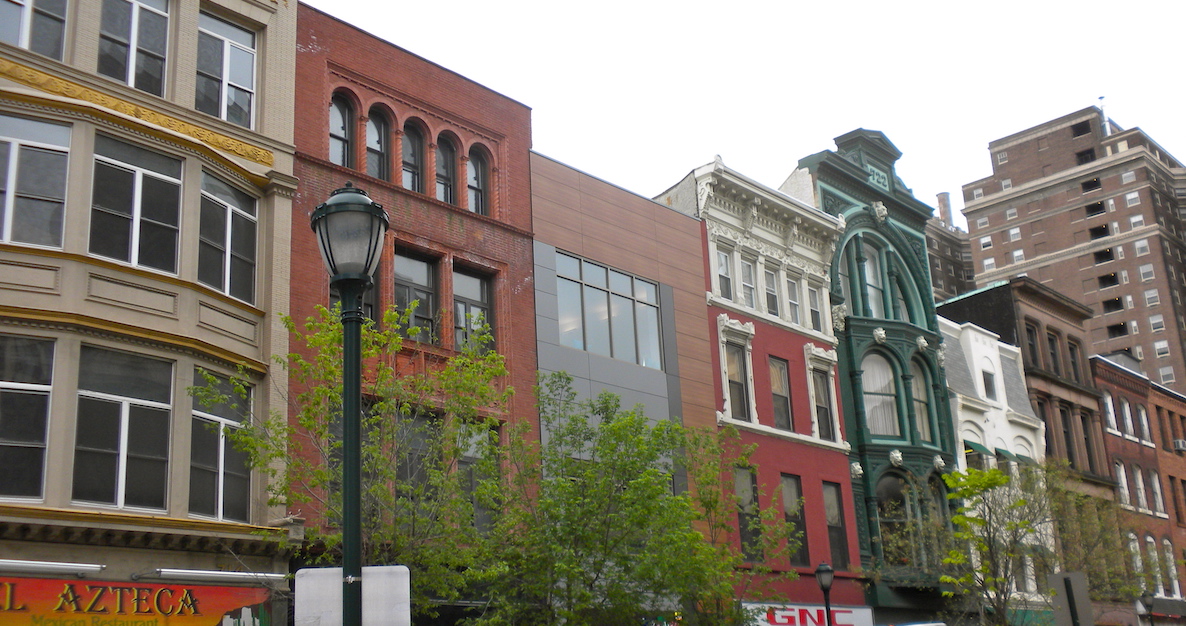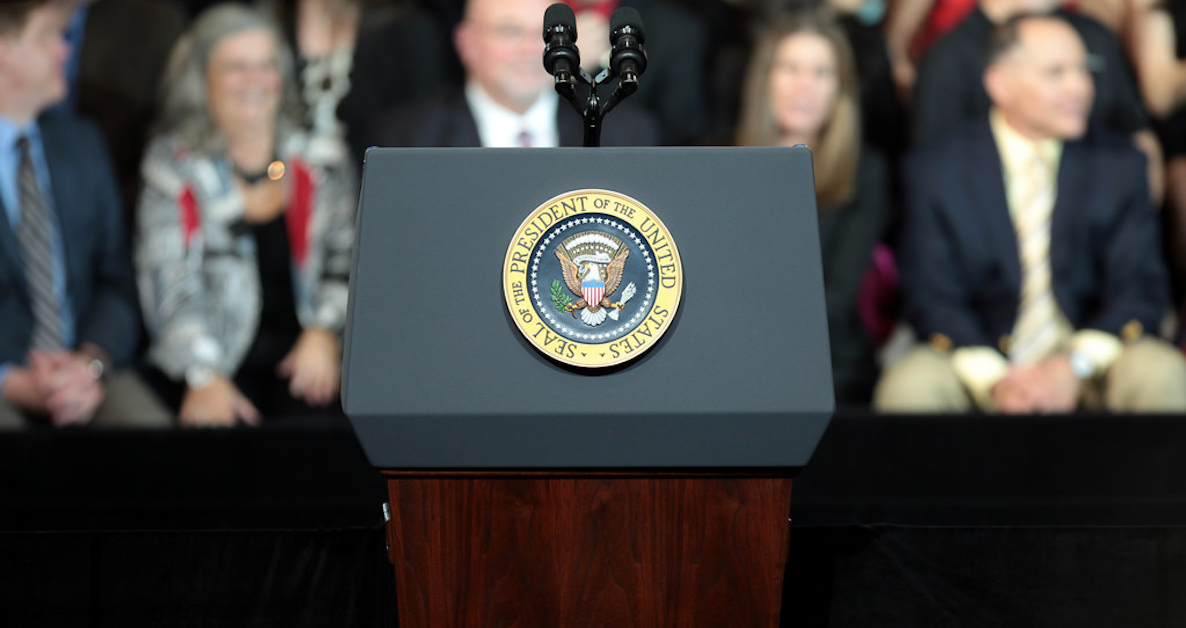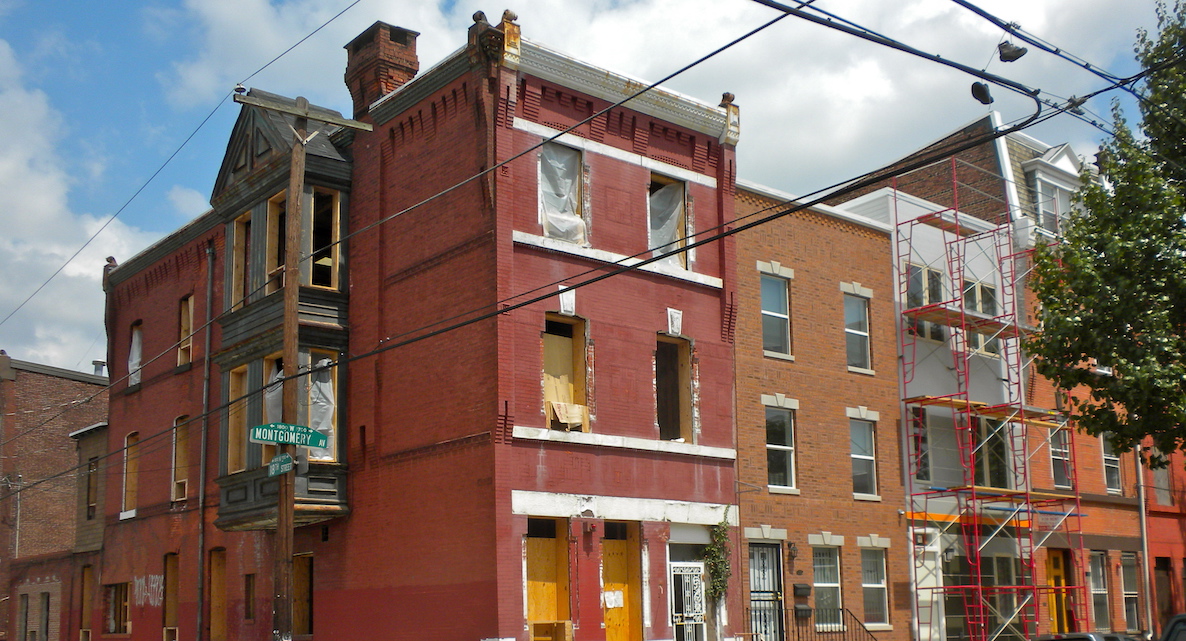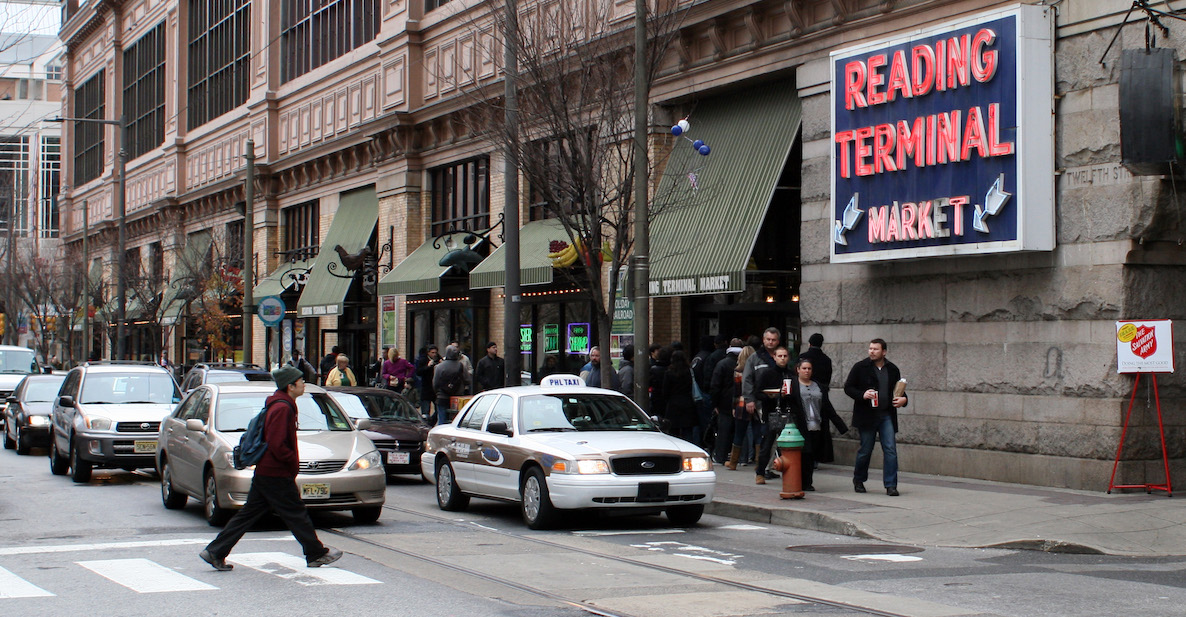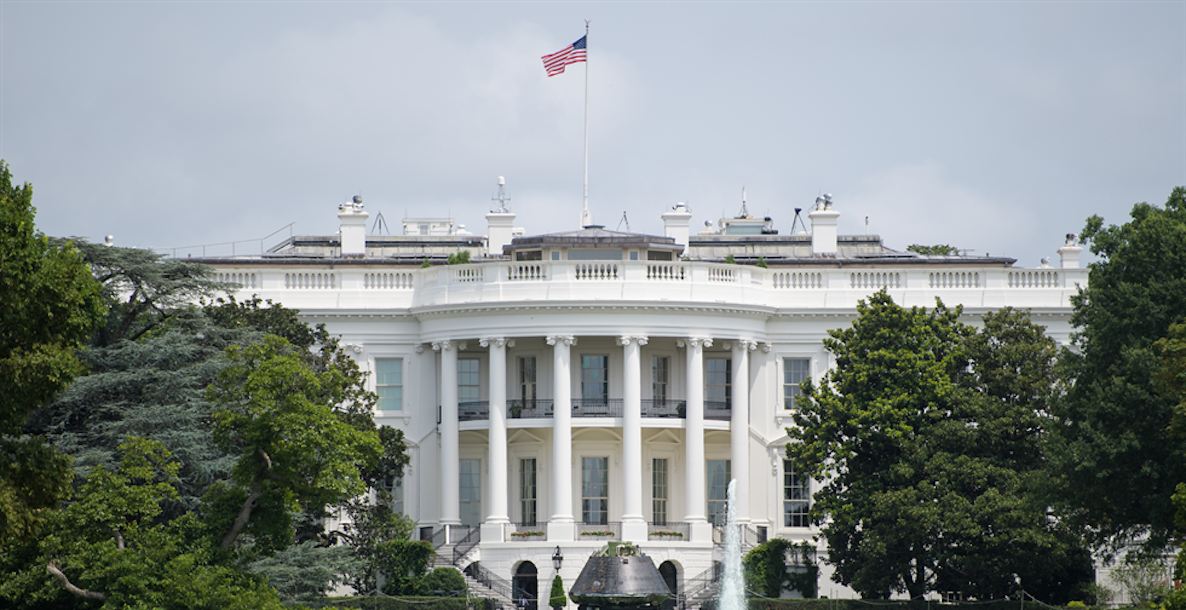As the 2020 campaign takes hold, Democratic candidates have been issuing ambitious proposals about the role of the federal government in helping people live productive lives via a robust and secure safety net and investments in health care and housing. We have been hearing much less about how the federal government helps places build prosperous futures by mobilizing sub-national players like states, counties, cities, universities, and nonprofits around issues like innovation, infrastructure, and climate change.
Now, as place-focused proposals begin to roll out, it is imperative that candidates consider and address the built-in misalignment between the vertical, compartmentalized organization of the national government and the horizontal, integrated practice of cities and communities.
As Jeremy Nowak and I wrote in The New Localism, this misalignment has grown in significance given the changing nature of problem-solving in an Urban Age. The 20th century was largely driven by top-down, federal government-led, bureaucratic solutions. In the 21st century, by contrast, problems increasingly get solved bottom-up by multiple sectors in interdisciplinary ways. In this way, the federal government is an important player but not the only player, and definitely not the deus ex machina it is often cracked up to be.
The mismatch between the vertical and the horizontal—between the national government and the nation—has multiple implications. Here are just a few:
First, a vertical federal government, organized by specialized, stove-piped agencies, delivers solutions in bounded silos. The Department of Transportation offers transportation solutions. The Department of Housing and Urban Development offers housing solutions. The Environmental Protection Agency offers environmental solutions. And so on and so forth. Cities and communities, by contrast, tend to integrate solutions, recognizing the interplay of transportation modes, housing, job locations and environmental implications as well as advancements in technology, shifting patterns in mobility, and the changing realities of work.
Bruce Katz is the director of the new Nowak Metro Finance Lab at Drexel University, created to help cities design new institutions and mechanisms that harness public, private and civic capital for transformative investment.
The federal government, a product mostly of the mid-20th century, has grown completely out of whack with how communities govern and the world operates.
There are some efforts—most recently, the Obama Administration’s Sustainable Communities Initiatives—to incentivize or compel collaboration across agencies. For the most part, however, bureaucracies stay in their own lanes.
Second, a vertical federal government has great difficulty reflecting and responding to the different needs and priorities of different parts of the country. One-size-fits-all policies simply don’t work for a country this large and diverse, and can have distorting effects that undermine rather than enhance local realities. Housing policies forged to address the affordability challenges of “hot-market” cities or metropolitan areas (e.g., too little supply, onerous land use restrictions) often have little to do with the nature of the housing challenge (e.g., too much supply, too little demand) in weak market cities. Communities get federal funding for one kind of infrastructure challenge (e.g., road repair), when what they really want is something radically different (e.g., air extension, rail connectivity). More flexible federal policies would solve some of the variation challenge, but federal programs often come with rigid prescriptions embedded in statutes that tie the hands of local leaders and drive up the cost of design and implementation.
![]()
Finally, the vertical nature of the federal government is exacerbated by long periods of stasis, punctuated by occasional bursts of policy innovation. Federal housing resources were mostly created in the 1980s (e.g., the low-income housing tax credit) and the early 1990s (e.g., HOME). The rules governing the lending practices of commercial banks (e.g., the Community Reinvestment Act) were enacted in the 1970s. Communities are stuck with ossified tools and rules (and slow-changing resource levels) forged to meet challenges from a different era. This is a version of what Gene Steurle memorably called “Dead Men Ruling,” the utter absence of fiscal flexibility to adapt to changing market and societal realities. For all the sturm und drang (‘’storm and stress”) associated with partisan squabbling, the federal government remains remarkably the same from year to year, changing only at the margins, usually with new programs simply built on top of old ones.
I could go on and on, but you get the picture. The federal government, a product mostly of the mid-20th century, has grown completely out of whack with how communities govern and the world operates. Solving this systematic misalignment is no easy task, even if we lived in a world of bi-partisan collaboration, which we decidedly don’t.
As the 2020 campaign rolls out, it is critical to tease out some general ideas for mitigating misalignment. Here are a few early questions and thoughts:
Can we “reverse-engineer” federal policy by focusing more on rewarding and scaling local innovations, rather than dictating federal responses? In 2012, for example, Congress amended federal transportation law to give cities that pass local transport referendum access to low-cost federal capital. This legislative change enabled Los Angeles to fast-forward its transit building, lowering costs and enhancing impact. (This was discussed in my 2013 book with Jennifer Bradley, The Metropolitan Revolution). It is highly likely that local innovations around Opportunity Zones will help inform a better mix of federal program resources, tax incentives, and credit enhancement tools around the capitalization of minority entrepreneurs and the redevelopment of historically disinvested communities.
![]()
Can federal investments be better aligned with local needs? This is one of the positive elements of Opportunity Zones, which naturally enable disparate places to attract investments that fit local market realities. Perhaps the federal government should entice cities, metros, and regions to develop Reverse RFPs around climate or infrastructure or housing responses, enabling places to design fundable strategies that fit local priorities rather than merely following Made in Washington dictates. Or, the US could adapt the UK City Deals initiative to our federalist system. These kinds of moves would spur enormous innovation rather than rewarding rigid conformity and could be informed by data and analysis with a purpose. The invention of Opportunity Zone Investment Prospectuses, for example, could be expanded to include city, metro, or even regional Infrastructure Prospectuses that help catalyze a new mix of public and private capital around must-do projects.
Perhaps the US needs an Infrastructure Corps, a group of professionals that can move from place to place, matching innovative financing techniques to the new imperatives of inclusion and sustainability.
Can federal policy be better cognizant of the capacity needs of small communities? This was the focus of the Sustainable Communities effort which gave metros the ability to do serious planning that enabled integrated transport, housing and environmental strategies. Perhaps the US needs an Infrastructure Corps, a group of professionals that can move from place to place, matching innovative financing techniques to the new imperatives of inclusion and sustainability. And perhaps we need regional development corporations that can respond to the similar challenges of multiple cities and communities rather than the particular needs of individual neighborhoods. To this end, Opportunity Zones are helping to drive economic and social typologies of communities, which could inform a more productive federal/local interaction going forward.
Can federal policy help modernize local and metropolitan institutions? The federal government has driven the creation of sub-national institutions and intermediaries before—state departments of transportation, metropolitan planning organizations, public housing authorities, workforce investment boards, community development financial institutions—mostly to adjust and align with federal programs. The next wave of institution building must be as much about leveraging local assets as delivering federal programs. Perhaps there can be a federal effort around auditing local institutional capacity and then building new (or repurposing) old institutions, starting with the slew of public authorities (e.g., port, airport, redevelopment) created in the 1950s.
The bottom line is this. We need a much sharper discussion in the 2020 campaign about the need to reform the federal government to fit the way the nation actually functions and designs, finances, and delivers the kind of investments our communities desperately need. Only in this way can the federal government begin to capture and leverage the affirmative energy of our dispersed, decentralized republic.



